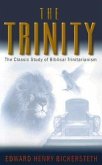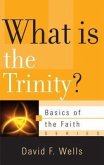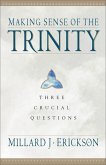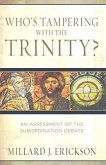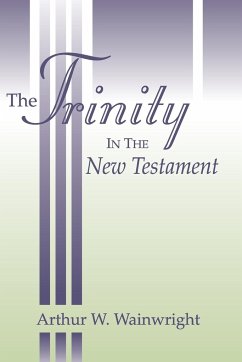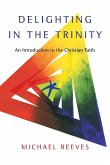The New Testament writers present the Trinity in surprising ways, which impact our understanding of God and the mission of the church We're used to hearing the traditional order of the Trinity, usually used in baptisms: Father, Son, and Holy Spirit. But why does the apostle Paul end his letter to the Corinthians with a benediction naming the triune God in a different order: Son, Father, Spirit? In fact, there are six possible arrangements for naming the Trinity, each of which is used numerous times in the New Testament. Analyzing the seventy-five New Testament references to the persons of the Godhead, theologian Rodrick Durst demonstrates that the ways the early church thought and talked about the Trinity had a great deal of richness and diversity that has since been lost. From the context of these passages Durst concludes that each order of the three names corresponds to a particular purpose or movement of God that the New Testament author is invoking: mission, salvation, witness to Christ, sanctification, spiritual formation, and Church unity. These six Trinitarian orders reveal God's calling to join Him in six different works. Durst guides the reader through the significance of each formulation and how it can powerfully shape the twenty-first-century church and believers' formation, worship, witness, and work.
Hinweis: Dieser Artikel kann nur an eine deutsche Lieferadresse ausgeliefert werden.
Hinweis: Dieser Artikel kann nur an eine deutsche Lieferadresse ausgeliefert werden.


